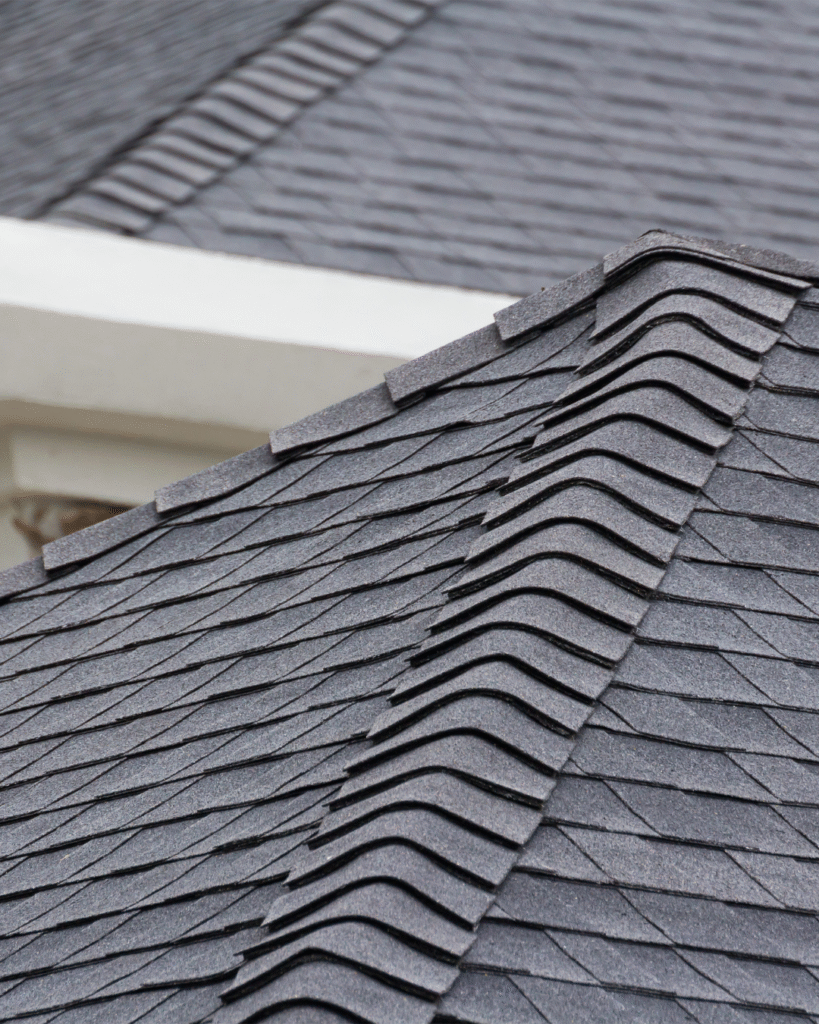
When most homeowners think about replacing their roof, energy savings probably isn’t the first benefit that comes to mind. But in Colorado—where freezing temperatures, snowstorms, and fluctuating weather patterns are part of life—a new roof can make a significant difference in your winter heating bills.
At Blue Frog Roofing, we’ve seen firsthand how upgrading your roof can improve energy efficiency, increase indoor comfort, and reduce strain on your heating system. Whether you’re dealing with an older roof that’s lost its effectiveness or you’re simply looking to optimize your home’s performance, investing in a new roofing system is a smart move before the next winter storm rolls in.
Why Roof Efficiency Matters in Cold Climates
Heat rises—and your roof is the final barrier keeping that warmth inside your home. If your roofing materials are outdated or poorly insulated, you could be losing a significant portion of your heating energy right through the top of your house. That means higher utility bills and a harder-working HVAC system.
With temperatures frequently dipping below freezing in Loveland, Longmont, and surrounding Colorado communities, roofing efficiency is more than just a comfort issue—it’s a cost issue.
Key Ways a New Roof Saves You Money in the Winter
1. Improved Insulation
Modern roofing systems are designed to hold heat in during winter and keep heat out in summer. During installation, your contractor can add insulation layers that drastically improve your home’s thermal envelope—reducing heat loss and helping your furnace work more efficiently.
2. Enhanced Attic Ventilation
A well-ventilated roof helps regulate attic temperatures by preventing warm air and moisture buildup. Proper airflow through ridge vents and soffit vents reduces the risk of ice dams, mold, and overheating in the attic—all while stabilizing the indoor temperature.
3. Energy-Efficient Roofing Materials
Newer materials like architectural asphalt shingles, reflective coatings, and even metal roofing can help with overall energy performance. While reflective shingles are often discussed for summer savings, they also contribute to year-round temperature regulation, meaning your furnace has to do less work to maintain comfort.
4. Sealing Air Leaks
Old roofs can develop gaps around flashing, vents, and chimneys. A roof replacement gives contractors the opportunity to seal these problem areas, preventing warm air from escaping and cold air from sneaking in.
Long-Term Benefits Beyond Just Heating Costs
- Lower Utility Bills: Homeowners can see 10–30% savings annually on heating and cooling.
- Increased Property Value: Energy-efficient upgrades add resale value and appeal to future buyers.
- Potential Tax Credits: Federal and local incentives may be available for energy-efficient roofing systems.
- Fewer Repairs: A new roof reduces the risk of emergency fixes during harsh winter conditions.
Is It Time for a Roof Upgrade?
If your roof is over 20 years old, showing signs of wear, or causing higher-than-normal energy bills, it may be time for an inspection. At Blue Frog Roofing, we offer honest evaluations and expert guidance to help you make the most cost-effective decision for your home.
As one of the most trusted roofing companies in Longmont, CO and specialists in roof repair in Loveland, CO, our team understands what Colorado homes need to stay warm and efficient all winter long.
FAQ: Roof Upgrades & Winter Heating Costs
1. How much can a new roof actually save on energy bills?
Most homeowners can expect to save between 10% and 30% annually on heating and cooling, depending on the condition of their previous roof and the materials used in the new installation.
2. Will replacing my roof really make a difference in winter?
Absolutely. Roofs play a major role in heat retention. A new roof with proper insulation and ventilation will help your home stay warmer for longer, reducing the strain on your furnace.
3. Do energy-efficient roofs qualify for tax credits?
Some energy-efficient materials and systems qualify for federal tax incentives. We recommend speaking with your tax advisor and checking local rebate programs in Colorado.
4. How do I know if my roof is leaking heat?
Signs include high utility bills, cold drafts, uneven room temperatures, or visible signs of wear like missing shingles or sagging areas. A residential roof inspection can help determine this.
5. Can a roof be replaced in winter?
Yes! Professional roofing contractors like Blue Frog Roofing use specialized techniques and materials to complete winter installations safely and effectively.
Ready to Save on Your Heating Bills This Winter?
If you’re noticing higher utility costs or your roof hasn’t been inspected in years, don’t wait until the snow piles up. Blue Frog Roofing offers expert residential roof inspections and energy-efficient replacements throughout Loveland, Longmont, and surrounding Colorado communities.
Contact us today to schedule your inspection and take the first step toward a warmer, more energy-efficient home this winter.

